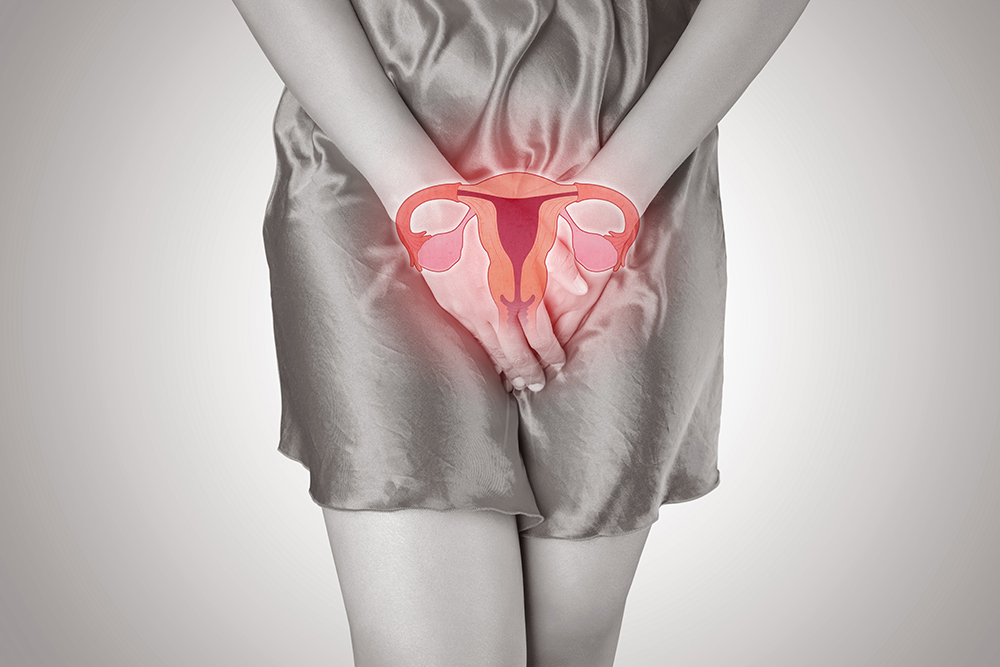Cervical Cancer: Diagnosis, Causes, and Symptoms

Cervical cancer is most often caused by human papillomavirus (HPV), that is in turn transmitted through sexual intercourse. In many cases, the female organism is capable of overcoming this infection naturally by itself. However, when this is not the case, it leads to cancer.
Prevalence
Cervical cancer is most prevalent among women aged 40 to 55. It is the sixth most common type of cancer in Spain. The provinces with the lowest incidence are Navarra, Zaragoza and the Balearic Islands, with approximately 13.6 cases per 100,000 inhabitants.
Currently, if the disease is detected at an early stage it has a five-year survival rate of 92%. Globally, the areas with the highest mortality rates are Latin America, Africa and Southeast Asia.
Types of cervical cancer
- Epidermoid carcinoma. 85% of cervical cancers are this type. It occurs at the bottom of the vagina and the ectocervix, and has the appearance of dermal tissue (skin), hence its name.
- Adenocarcinoma. The remaining 15% of cervical cancers correspond to this type. It occurs in the cervical canal.
Diagnosis
- Cervico-vaginal cytology (Pap smears). This test is commonplace and typically the first step. It is used to analyse cervix cells. A tiny brush and spatula are used to swab these cells, which are subsequently observed under a microscope. This allows the detection of malignant or precancerous cells, as well as human papillomavirus (HPV).
- HPV test. It is similar to a Pap smear in that samples of cells are also obtained from the patient’s cervix. HPV is one of the most common STDs and its detection does not necessarily mean that the patient has cervical cancer.
- Colposcopy. The colposcope serves as a magnifying lens to visualize abnormal areas of the cervix and vagina. This test is painless and has no side effects.
- Biopsy. This test provides a reliable diagnosis of the presence of cancer. It is done by removing a small piece of tissue and studying it under a microscope. In the event that the malignant tissue was small enough, the doctor could remove it by means of the biopsy.
Medical specialists also have other complementary tests at their disposal, which include: pelvic examination with anaesthesia, radiography, MRI, computerised tomography or positron emission scans.
Risk factors for the appearance of cervical cancer
HPV has been linked to 99% of cervical cancers, and thus is considered the main cause. This virus is transmitted through sexual intercourse. The risk of contagion increases if a woman begins having sex at a very early age, or with a man with genital warts, or with a man who has had many sexual partners.
End of adolescence through the age of 35 is considered to be the highest risk period for developing HPV, although this possibility still exists after the age of 40.
Further risk factors:
- Tobacco. Smoking causes women to be twice as likely to develop cervical cancer.
- Genital herpes.
- Weak immune system. Including one weakened by cancer treatments.
- Use of oral contraceptives.
Symptoms of Cervical or Cervical Cancer
Cervical cancer does not typically cause symptoms in its early stages. At later stages, these are the most common symptoms:
- Pain during sex.
- Spotting between or after periods.
- Heavy or prolonged bleeding during the period.
- Bleeding after intercourse or when examined by a gynaecologist.
- Increased vaginal discharge.
- Continued spotting after menopause.
Prevention
The prevention of cervical cancer is focused around 2 areas: early detection of abnormal cells via Pap smear, and preventative vaccination against human papillomavirus (HPV). Vaccines are aimed at girls and women between the ages of 9 and 26. They are 100% effective if the recipient has never had sexual intercourse and thereby never been exposed to the virus.
However, it should be noted that vaccines do not protect against all strains (there exist almost 200 strains, of which more than 100 cause cancer). Nevertheless, they do protect against the most aggressive and common strains, and for this reason HPV vaccines are strongly recommended.

